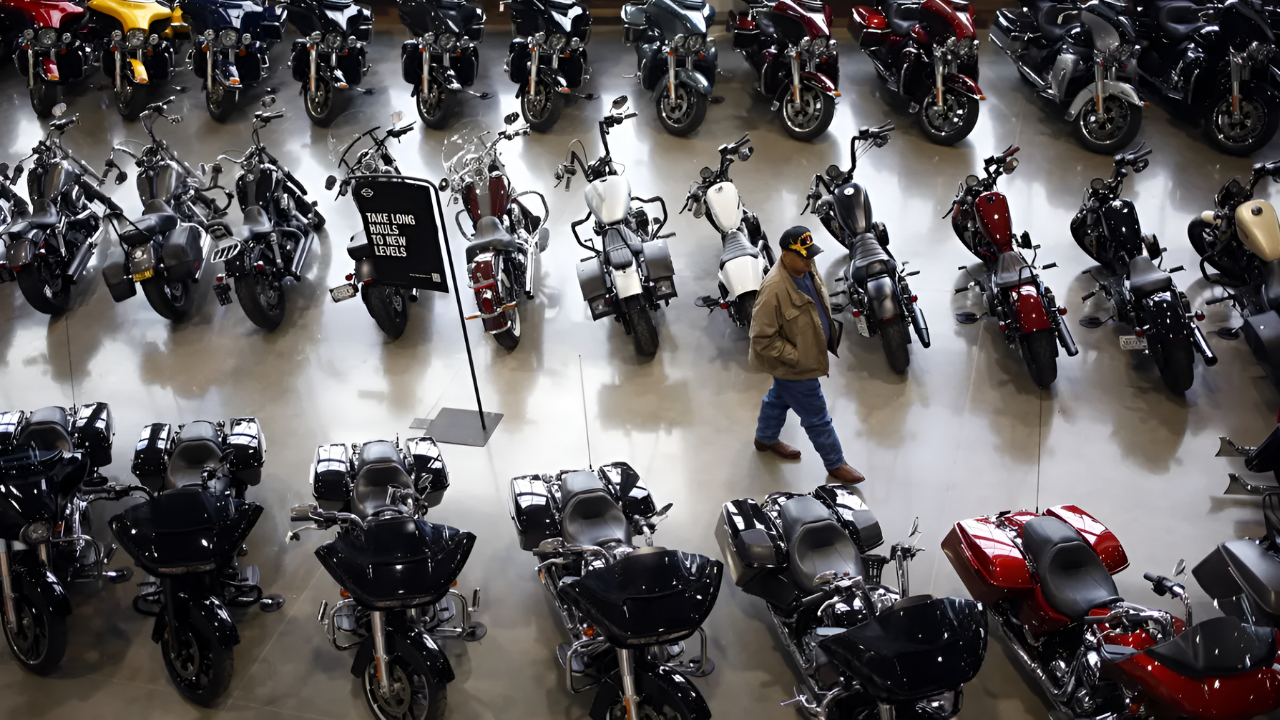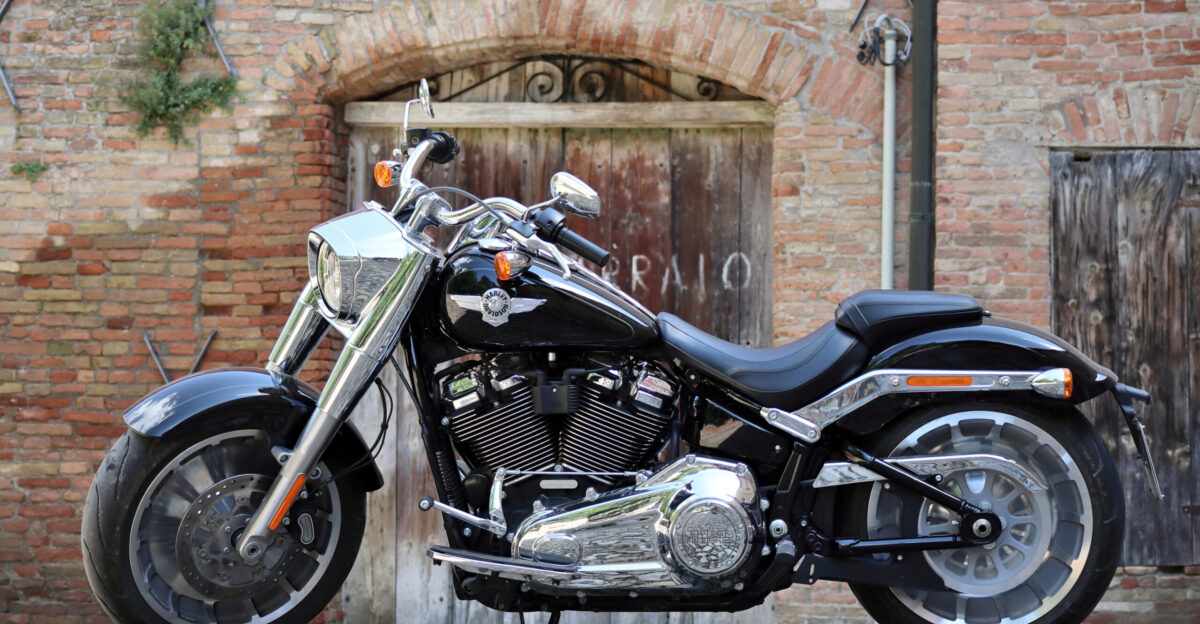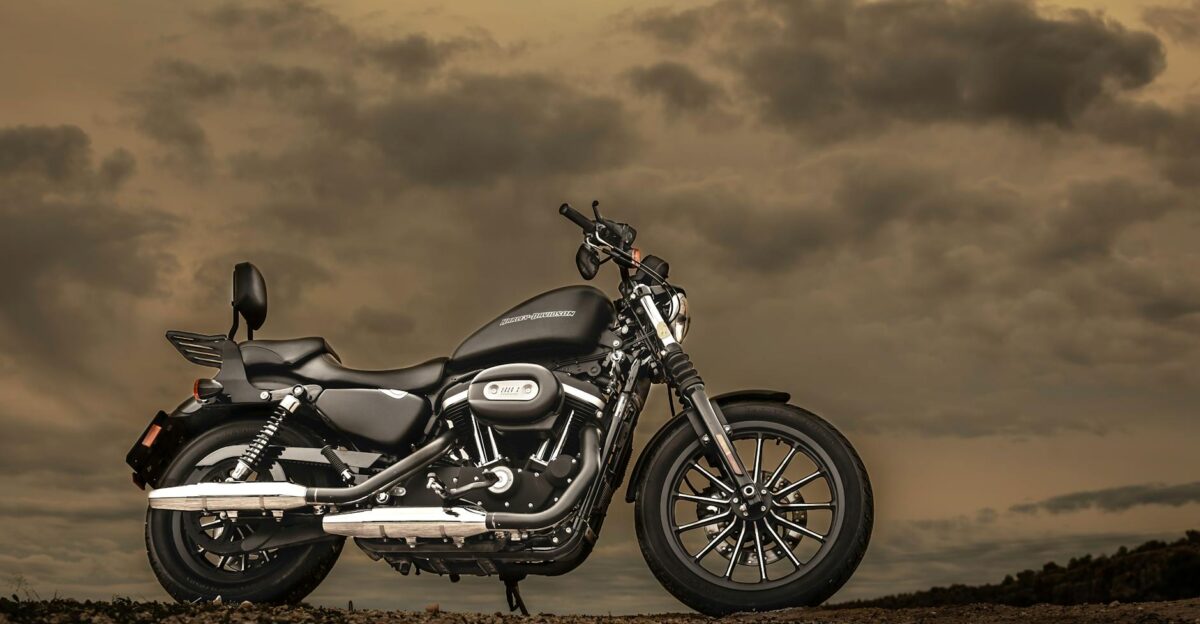
The sudden closure of San Francisco’s legendary Harley-Davidson dealership in June 2024 sent shockwaves through the motorcycle world. For more than a century, this showroom had been a gathering place for riders and a symbol of American freedom. Its abrupt shutdown was not an isolated incident but part of a nationwide wave of closures that has left the future of Harley-Davidson’s iconic dealership network in question.
A Century-Old Network Unravels

In the months following the San Francisco closure, Harley-Davidson dealerships—some with histories stretching back over 100 years—began shuttering across California, New York, Florida, Illinois, Ohio, Wisconsin, Minnesota, Colorado, Wyoming, and other states. The pace of closures accelerated into 2025, revealing a crisis that extended far beyond individual business struggles. These dealerships, once pillars of their communities, closed quietly and without warning, leaving loyal customers and employees in limbo.
The roots of this collapse trace back to the pandemic, when motorcycle sales surged as Americans sought outdoor escapes. Harley-Davidson enjoyed a brief resurgence, but as supply chains normalized and consumer habits shifted, demand plummeted. By 2022, the sales boom had ended, and dealerships were left with unsold inventory and rising costs. Franchisees faced mounting challenges: thin profit margins, expensive real estate, and competition from used-bike sellers and direct-to-consumer channels. Rising interest rates and tighter financing options further squeezed the business—some dealers paid $25,000 to $40,000 monthly in financing costs alone—while Harley’s core customer base—primarily riders in their mid-40s to early 50s—began to shrink. Younger consumers, drawn to affordable electric bikes, showed little interest in Harley’s traditional offerings.
Communities and Workers Hit Hard
The closure of these dealerships has had a profound impact on workers and communities. Generations of employees, many of whom saw Harley-Davidson as more than just a job, suddenly found themselves unemployed. Family-owned dealerships, some in operation for decades, were forced to make painful decisions to close their doors. In small towns, Harley dealerships had served as economic and cultural anchors, supporting local events and charities. Their disappearance has left economic gaps and a sense of loss that extends beyond the motorcycle industry.
As Harley-Davidson’s presence recedes, competitors have moved quickly to fill the void. Indian Motorcycles has attracted former Harley dealers with reliable service and support, while Japanese brands like Honda, Yamaha, and Kawasaki have expanded their market share with diverse, affordable models. Harley’s premium pricing and aging brand image have made it difficult to compete, especially as rivals target younger and more diverse riders.
Corporate Strategy and Dealer Frustration

Despite reporting a $377 million profit in the third quarter of 2025—more than triple the previous year—Harley-Davidson’s core business continued to contract. The company’s sale of its financial services division provided a temporary financial boost, but global motorcycle sales fell by 6%, and the dealership network kept shrinking. Many franchise owners expressed frustration with Harley’s corporate leadership, citing a lack of support, restrictive pricing, inventory demands that made profitability elusive, and pressure to undertake expensive facility remodeling. The company’s shift toward digital sales and direct-to-consumer strategies further eroded dealer margins and loyalty, with management marking down clothing, parts, and accessories online at 40-60% discounts with free shipping while dealers struggled to compete.
Under CEO Jochen Zeitz, Harley-Davidson launched a transformation plan called The Hardwire, emphasizing lifestyle branding and online sales. However, this pivot left many dealerships feeling abandoned. In August 2025, the company announced that Artie Starrs would take over as CEO in October, promising to refocus on dealer profitability. Whether this leadership change can reverse the damage remains uncertain.
Attempts to modernize the brand, such as the introduction of electric models like the LiveWire, have struggled with production delays, high prices, and limited availability. The emphasis on digital channels has fragmented the retailer ecosystem, and strategic missteps have only accelerated the decline. The company has begun reducing inventory pressure on dealers, cutting worldwide dealer inventory from 68,000 units in Q2 2024 to 49,000 units by Q2 2025.
A Brand at a Crossroads

Harley-Davidson’s troubles are not just a motorcycle story—they reflect broader shifts in American retail and manufacturing. The collapse of its dealership network signals the challenges facing legacy brands in an era of e-commerce and changing consumer preferences. The traditional dealership model, once a cornerstone of American business, is proving unsustainable in the digital age.
The closures have also drawn political attention, with leaders citing Harley-Davidson as a bellwether for U.S. manufacturing and raising concerns about job losses and global competitiveness. Trade tensions and tariffs have added to the company’s challenges—estimated at $27 million in Q3 2025 alone—and the effects are being felt internationally as franchisees in Europe, Australia, and Asia reconsider their futures.
Looking Ahead

Harley-Davidson now faces a pivotal decision: rebuild its dealer network and reconnect with its core customers, or embrace a digital-first, direct-to-consumer model. The stakes are high—not just for the company, but for the communities, workers, and enthusiasts who have defined the brand for generations. As global competitors expand and the American motorcycle icon’s dominance wanes, Harley-Davidson’s next moves will determine whether it can adapt and survive in a rapidly changing world.